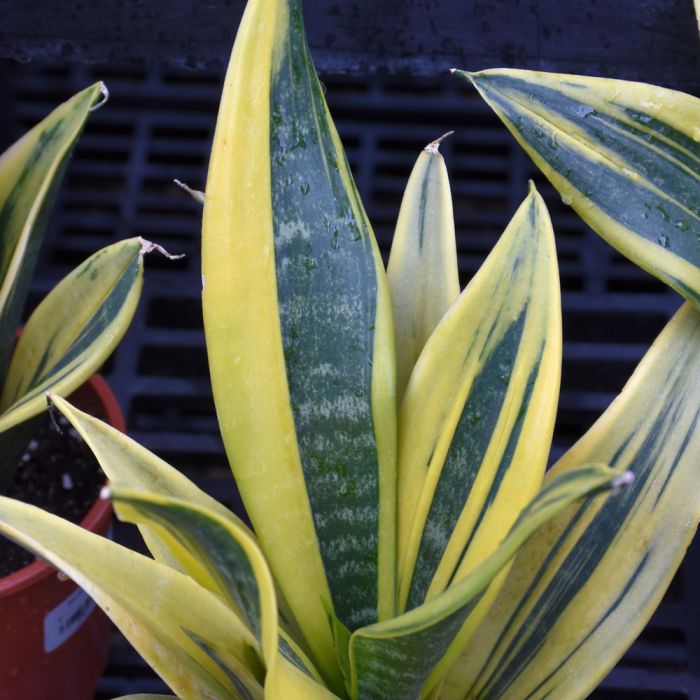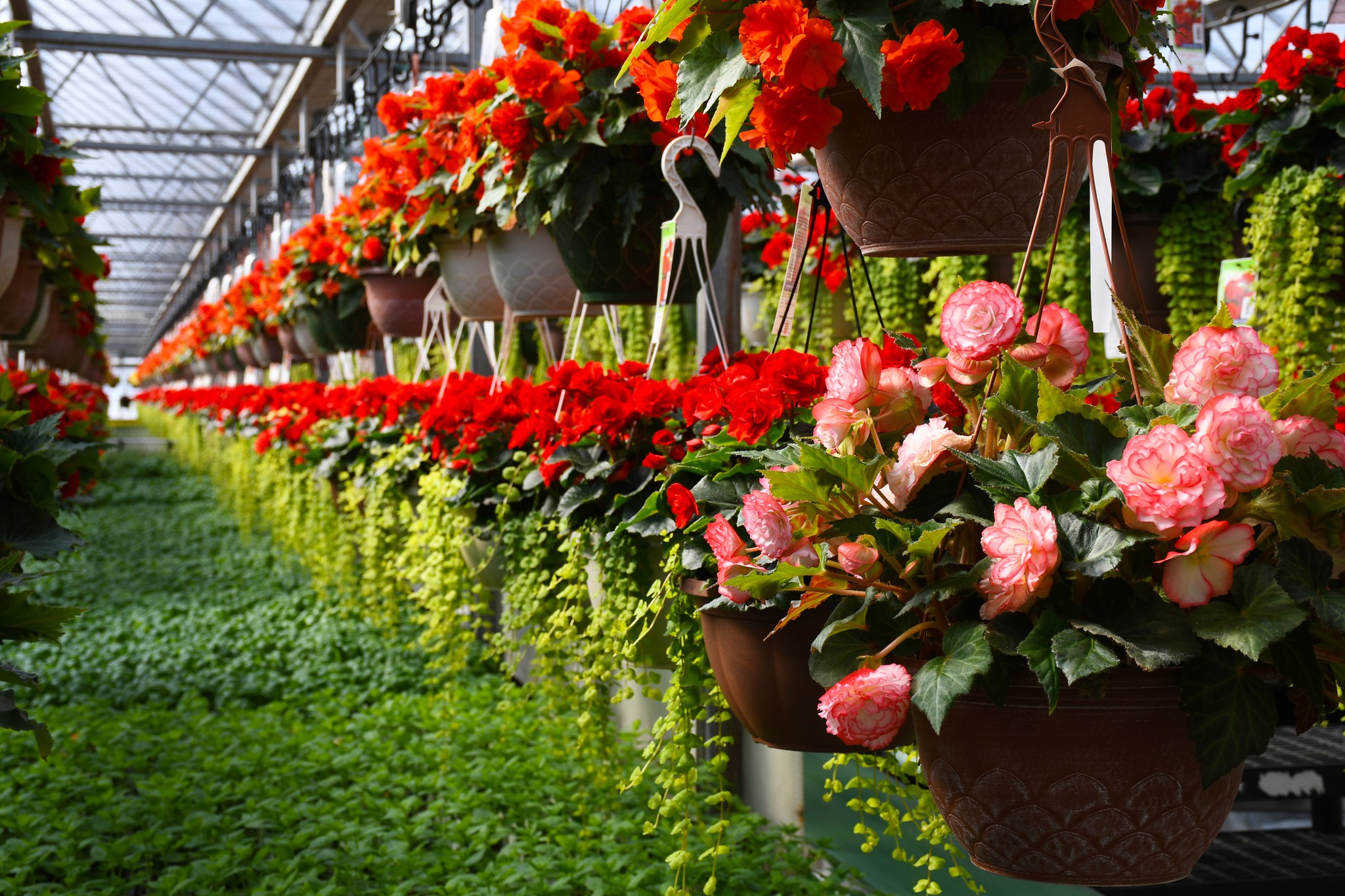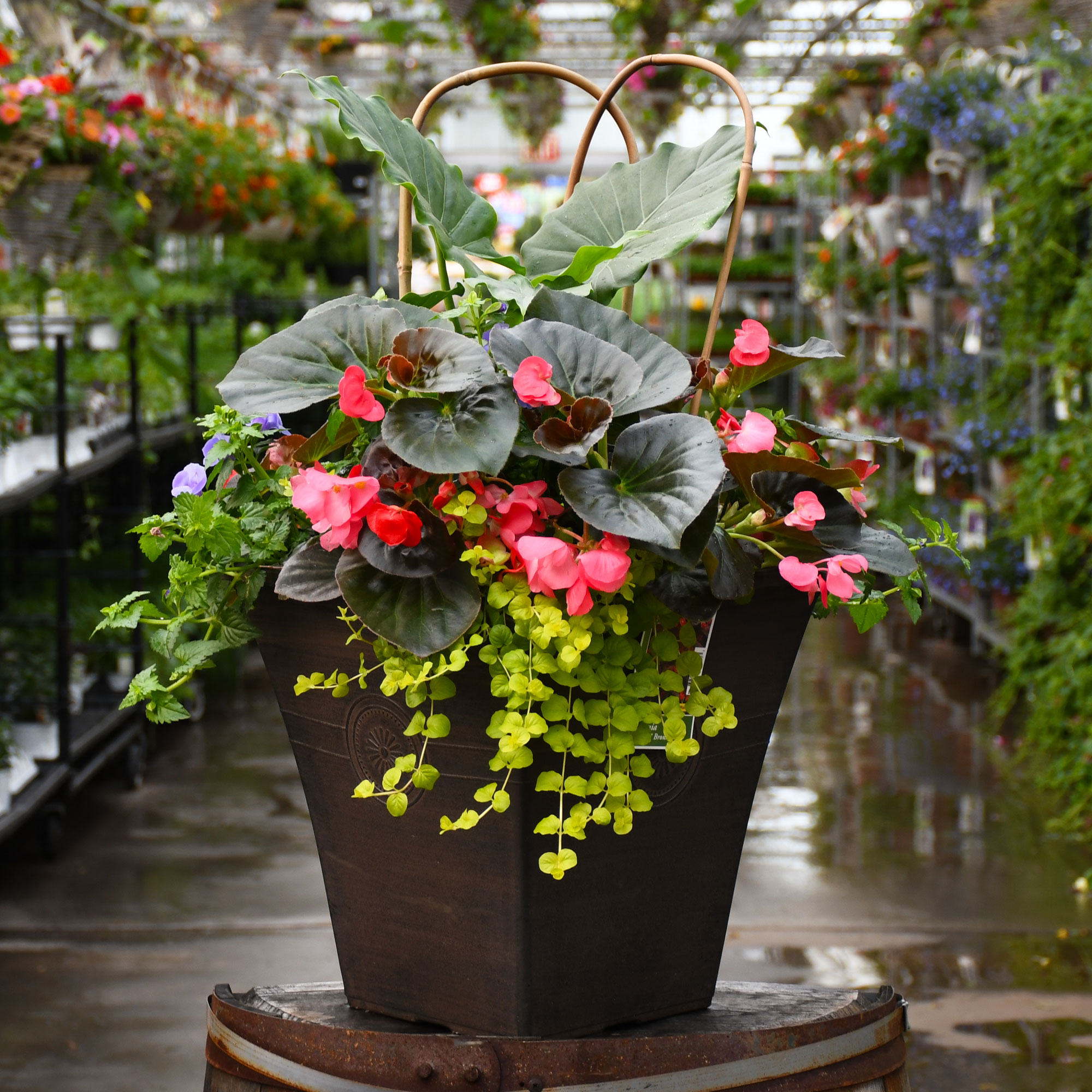Sansevieria Trifasciata, Snake Plant 'Golden Flame'


Out of stock
Temporarily Out of Stock- Sun Preference
- Part-Sun, No-Sun
Description
Golden Flame Snake Plant | Sansevieria trifasciata 'Golden Flame'
Other Names: Gold Flame Snake Plant, Mother-In-Law's Tongue
This popular plant will form dense stands of vertical leaves, arranged in rosettes; new foliage is bright yellow, maturing to sea green with gray ripples and vertical yellow stripes and margins; a spectacular accent plant for bright indoor areas.Direct from the Grower
When you see the Gerten Grown logo on our annuals, you know you're getting a fresh plant directly from our greenhouse. We've been perfecting our growing process for over four generations and pride ourselves on providing local quality and freshness to our customers. Better pricing on better quality plant material, that's Gerten Grown.
Details
Golden Flame Snake Plant's attractive large twisted sword-like leaves emerge yellow, turning bluish-green in color with prominent yellow stripes and tinges of grayish green throughout the year on a plant with a vase-shaped habit of growth.
This is an herbaceous evergreen houseplant with an indistinguished habit of growth. Its relatively coarse texture stands it apart from other indoor plants with finer foliage. This plant should not require much pruning, except when necessary to keep it looking its best.
When grown indoors, Golden Flame Snake Plant can be expected to grow to be about 3 feet tall at maturity, with a spread of 24 inches. It grows at a slow rate, and under ideal conditions can be expected to live for approximately 10 years. This houseplant performs well in both bright or indirect sunlight and strong artificial light, and can therefore be situated in almost any well-lit room or location. It is very adaptable to both dry and moist soil, but will not tolerate any standing water. The surface of the soil shouldn't be allowed to dry out completely, and so you should expect to water this plant once and possibly even twice each week. Be aware that your particular watering schedule may vary depending on its location in the room, the pot size, plant size and other conditions; if in doubt, ask one of our experts in the store for advice. It will benefit from a regular feeding with a general-purpose fertilizer with every second or third watering. It is not particular as to soil pH, but grows best in sandy soil. Contact the store for specific recommendations on pre-mixed potting soil for this plant.
There are many factors that will affect the ultimate height, spread and overall performance of a plant when grown indoors; among them, the size of the pot it's growing in, the amount of light it receives, watering frequency, the pruning regimen and repotting schedule. Use the information described here as a guideline only; individual performance can and will vary. Please contact the store to speak with one of our experts if you are interested in further details concerning recommendations on pot size, watering, pruning, repotting, etc.
-- THIS IS A HOUSEPLANT AND IS NOT MEANT TO SURVIVE THE WINTER OUTDOORS IN OUR CLIMATE --
More Information
| Common Family Name | Sansevieria |
|---|---|
| Sun Preference | Part-Sun, No-Sun |
| Plant Life Cycle | Annual |
| Mature Height (Range) | 25" - 36" |
| Mature Spread (Range) | 12" - 24" |


